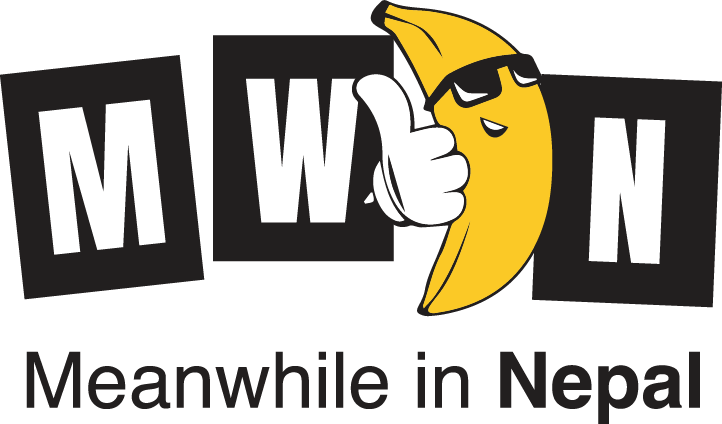Share the post "From ‘Churot’ to ‘Kazi’: How Foreign Words Found Their Place in Nepali Lexicon"
Language is a dynamic entity, constantly evolving through cultural exchanges and historical encounters. In Nepal, the influx of foreign words has deeply enriched the Nepali lexicon, reflecting a tapestry of influences ranging from Persian and Arabic to English. This linguistic fusion is a testament to Nepal’s rich history and its openness to embracing diverse cultures.
One significant historical figure who left a lasting linguistic imprint on Nepal is Bir Bhadra Kunwar, who assumed the title Jung Bahadur Rana following the Kot Massacre of 1846. The adoption of the Persian-inspired name marked the beginning of Persian influence on Nepali vocabulary. Under his reign, Persian words such as ‘subba’ (official), ‘kaji’ (government officer), and ‘khardar’ (servant) found their way into the administrative and courtly language of Nepal.
The Persian influence extended beyond mere vocabulary, shaping the cultural landscape of Nepal. Even words that are considered quintessentially Nepali, such as ‘hukum’ (order) and ‘labeda suruwal’ (traditional attire), have Persian roots. Furthermore, until relatively recently, the Nepali word for ‘holiday’ was ‘tatil’, a Turkic borrowing.
Arabic words also made their mark on everyday Nepali language. Terms like ‘huzoor’ (a respectful term for addressing someone of higher status) have become ubiquitous, with ‘huzoor’ now commonly used as a salutation when answering the phone. Additionally, Nepalis have adopted Arabic-derived words like ‘tasbir’ (photograph) and ‘attar’ (perfume), which have seamlessly integrated into everyday discourse.
The blending of Arabic and Sanskrit is evident in words like ‘khabar’ (news) and ‘khabarpatrika’ (newsmagazine), reflecting Nepal’s linguistic adaptability and openness to cultural exchange. Similarly, the word ‘akhir’ (end) highlights the enduring influence of Arabic vocabulary in contemporary Nepali language.
English has also played a significant role in shaping Nepali vocabulary, particularly during the period of British colonialism. Words like ‘William Cart’ evolved into ‘ulingkhat’ (cart) in Nepali, while ‘ista kot’ (waistcoat) emerged as a result of linguistic adaptation. Modern military terms like ‘ambush’ and ‘RPG’ have also entered the Nepali lexicon, reflecting ongoing cultural exchange and globalization.
Humorous mistranslations and adaptations further illustrate the dynamic nature of language evolution in Nepal. For instance, ‘cheroot’, a small cigar, became ‘churot’, now a generic term for cigarettes in Nepali. Similarly, the derogatory term ‘dukalanthan’, meaning a dandy without substance, originated from the Nepali interpretation of the Duke of Wellington, a British hero of the Napoleonic Wars.
In conclusion, the influx of foreign words into the Nepali language is a testament to Nepal’s rich cultural heritage and its openness to embracing linguistic diversity. From Persian and Arabic to English, these influences have contributed to the vibrancy and richness of the Nepali lexicon, reflecting the country’s history of cultural exchange and adaptation. As Nepal continues to evolve, so too will its language, embodying the spirit of inclusivity and cultural openness that defines the nation.
This insightful exploration into the dynamic influence of foreign words on the Nepali language was conducted by Subodh Rana and was originally published online in 2009.













Comments